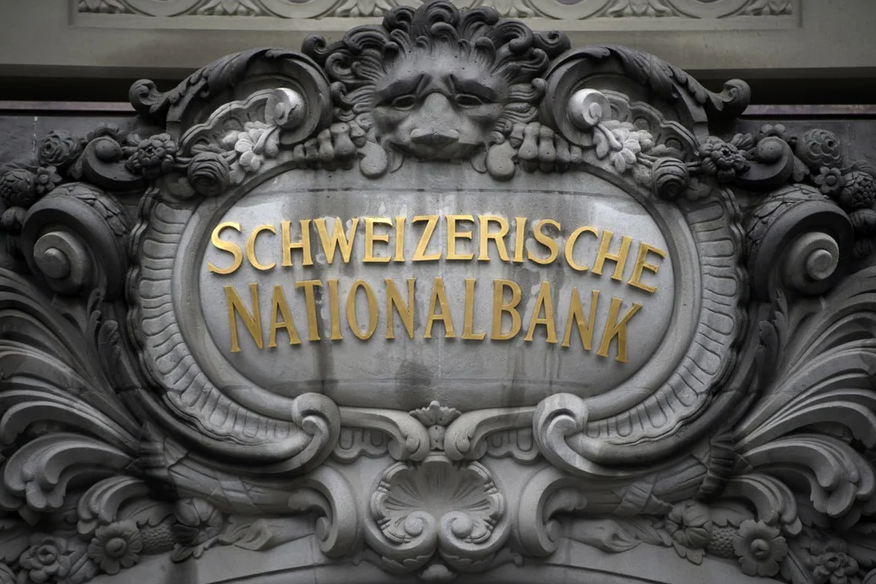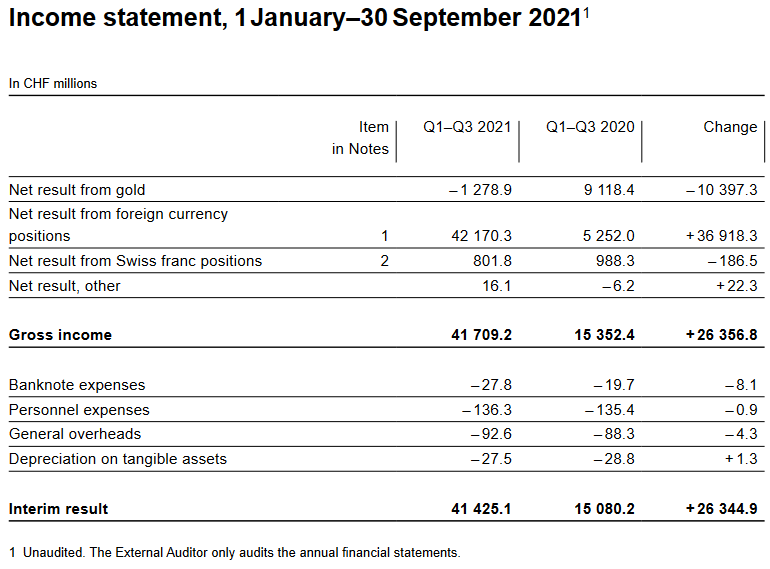After consultation with the Swiss Financial Market Supervisory Authority (FINMA), the Swiss National Bank has submitted a proposal to the Federal Council requesting that the sectoral countercyclical capital buffer (CCyB) be reactivated. The buffer is to be set at 2.5% of risk-weighted exposures secured by residential property in Switzerland (cf. appendix). The SNB’s proposal envisages a deadline for compliance with the increased CCyB requirements of 30 September 2022. The Federal Council approved the SNB’s proposal on 26 January 2022. The SNB is herewith publishing the main reasons behind its proposal. In March 2020, against the backdrop of the coronavirus pandemic, the sectoral CCyB – which then stood at 2% of the relevant risk-weighted exposures – was
Topics:
Swiss National Bank considers the following as important: 1) SNB and CHF, 1.) SNB Press Releases, Featured, newsletter
This could be interesting, too:
Eamonn Sheridan writes CHF traders note – Two Swiss National Bank speakers due Thursday, November 21
Charles Hugh Smith writes How Do We Fix the Collapse of Quality?
Marc Chandler writes Sterling and Gilts Pressed Lower by Firmer CPI
Michael Lebowitz writes Trump Tariffs Are Inflationary Claim The Experts
 After consultation with the Swiss Financial Market Supervisory Authority (FINMA), the Swiss National Bank has submitted a proposal to the Federal Council requesting that the sectoral countercyclical capital buffer (CCyB) be reactivated. The buffer is to be set at 2.5% of risk-weighted exposures secured by residential property in Switzerland (cf. appendix). The SNB’s proposal envisages a deadline for compliance with the increased CCyB requirements of 30 September 2022. The Federal Council approved the SNB’s proposal on 26 January 2022. The SNB is herewith publishing the main reasons behind its proposal.
After consultation with the Swiss Financial Market Supervisory Authority (FINMA), the Swiss National Bank has submitted a proposal to the Federal Council requesting that the sectoral countercyclical capital buffer (CCyB) be reactivated. The buffer is to be set at 2.5% of risk-weighted exposures secured by residential property in Switzerland (cf. appendix). The SNB’s proposal envisages a deadline for compliance with the increased CCyB requirements of 30 September 2022. The Federal Council approved the SNB’s proposal on 26 January 2022. The SNB is herewith publishing the main reasons behind its proposal.
In March 2020, against the backdrop of the coronavirus pandemic, the sectoral CCyB – which then stood at 2% of the relevant risk-weighted exposures – was deactivated at the proposal of the SNB. The deactivation was made as part of a package of measures by the federal government, the SNB and FINMA and was aimed at giving banks maximum latitude for lending to companies.
The reasons that led to the sectoral CCyB being deactivated now no longer exist. The pandemic-related uncertainty with regard to companies’ access to credit has decreased significantly, thanks also to the measures taken by the authorities. There are no signs of companies experiencing a credit tightening.
However, the vulnerabilities on the mortgage and residential real estate markets have increased since the CCyB was deactivated. Both the volume of mortgage lending and prices for residential property have risen more strongly than can be explained by fundamental factors such as rents and income. Affordability risks have remained persistently high, and in the residential investment property segment they have continued to rise. A strong correction on these markets would have a noticeable impact on the banking sector and the Swiss economy.
The SNB has therefore concluded that a reactivation of the sectoral CCyB is necessary. In light of the now higher risks on the Swiss mortgage and real estate markets, banks’ capital adequacy is of great importance. A sectoral capital buffer of 2.5% – half a percentage point higher than before the deactivation in March 2020 – is thus justified.
The reactivation of the sectoral CCyB will lead to a temporary rise in the capital requirements for mortgage loans on residential property in Switzerland. This will first and foremost maintain the banking sector’s resilience, and strengthen it where necessary. In this way it is possible to limit the negative consequences of a strong correction on the Swiss mortgage and residential real estate markets for the banking sector and the Swiss economy.
The SNB will continue to monitor developments on the mortgage and real estate markets closely, and to assess whether further measures are necessary to mitigate the risks to financial
stability.
Appendix
Formal proposal to reactivate the sectoral countercyclical capital buffer
Under art. 44 of the Ordinance on the Capital Adequacy and Risk Diversification of Banks and Securities Firms (Capital Adequacy Ordinance, CAO), the Swiss National Bank may submit a proposal to the Federal Council to oblige banks to hold a countercyclical capital buffer (CCyB) in the form of Common Equity Tier 1 capital of a maximum of 2.5% of their risk-weighted exposures in Switzerland. The SNB submits such a proposal if this is necessary to strengthen the banking sector’s resilience to the risks of excessive credit growth, or to counteract excessive credit growth. The CCyB may be restricted to certain credit exposures.
On the basis of art. 44 CAO, and following consultation with the Swiss Financial Market Supervisory Authority (FINMA), the SNB proposes to the Federal Council that:
the sectoral countercyclical capital buffer be reactivated and that banks be obliged from 30 September 2022 to hold a countercyclical capital buffer amounting to 2.5% of their risk-weighted, direct or indirect mortgage-backed exposures as defined by art. 72 CAO that are secured by residential property in Switzerland.
Tags: Featured,newsletter







